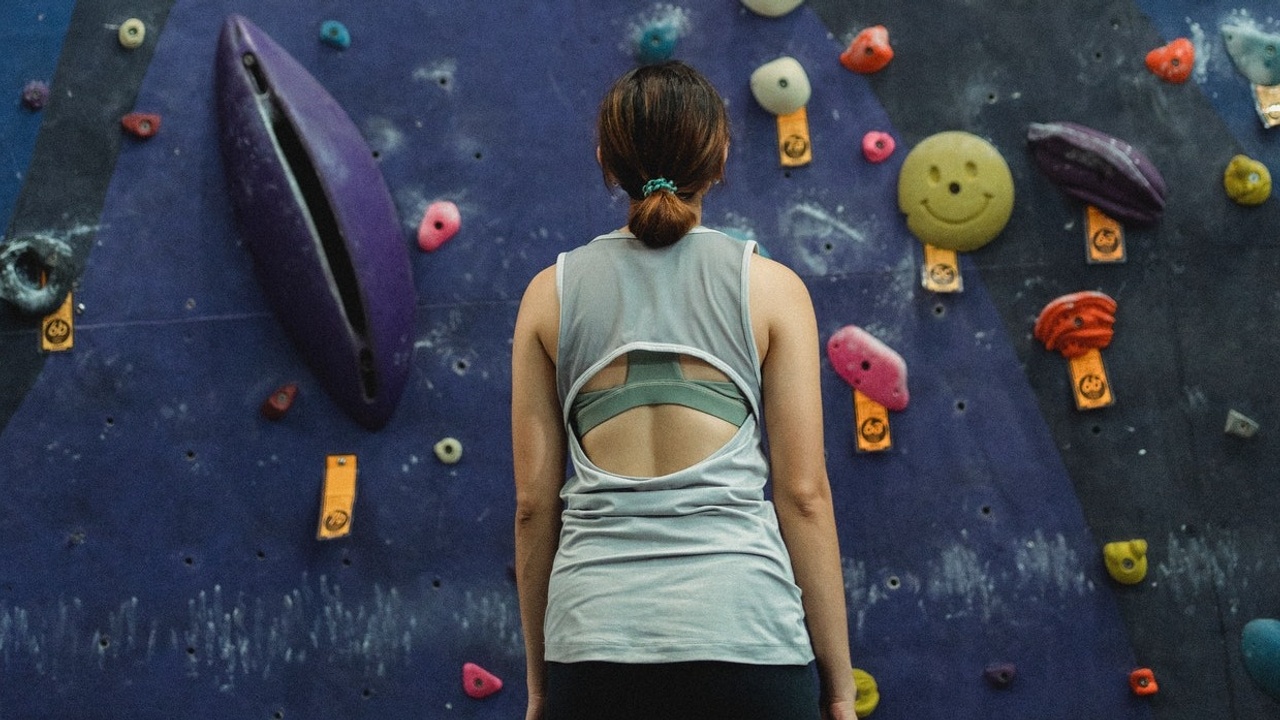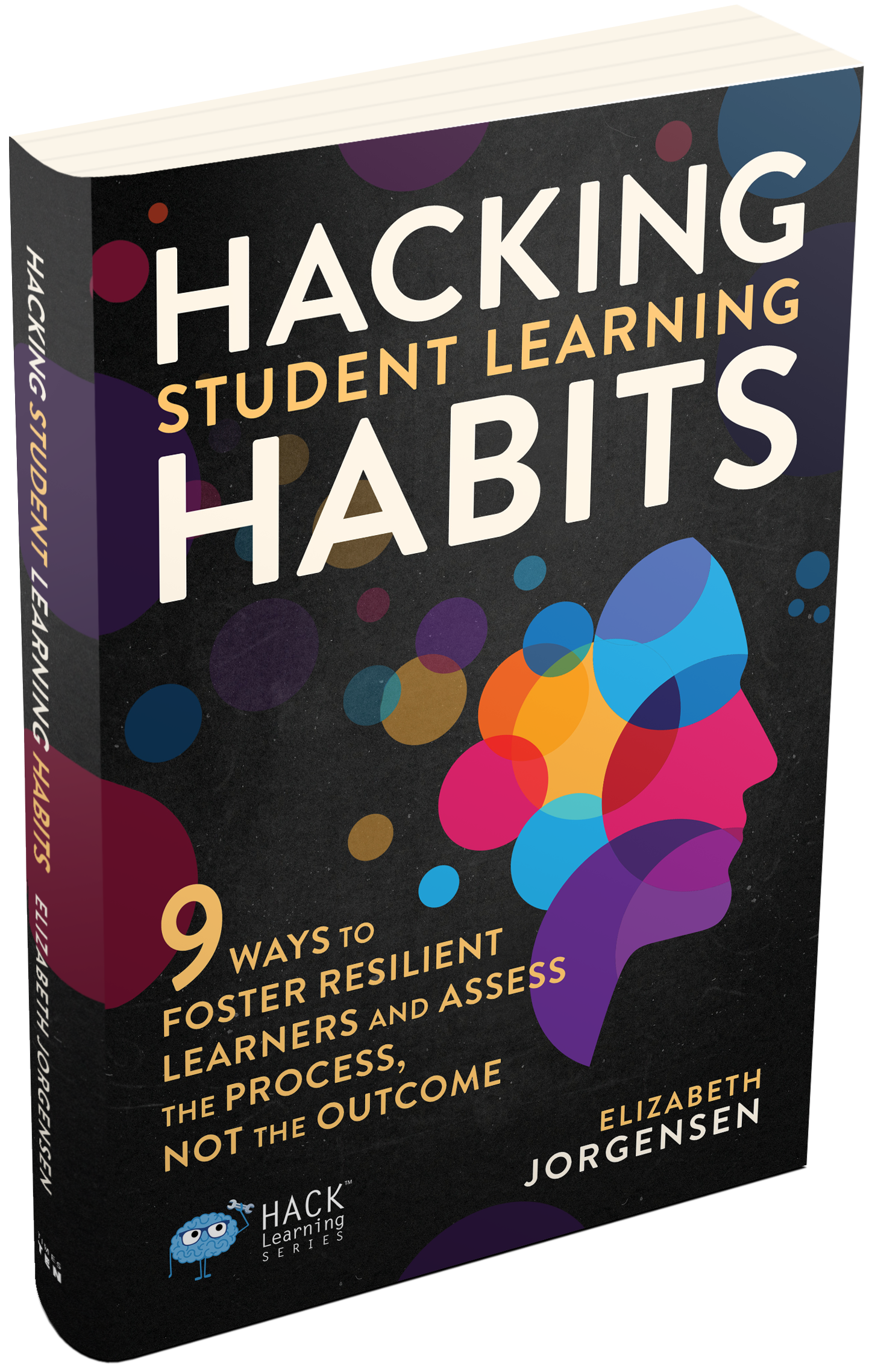The Secret to Creating Good Student Learning Habits
Feb 09, 2022
By Elizabeth Jorgensen
Can I tell you a secret? I hate grades.
I don’t like judging my students or ranking them. I don’t like placing value on them or on their work. And I’ve found that if I place judgment on progress, students stop trying.
While my colleagues share new tech grading tools or updated essay rubrics, I don’t share their excitement for grades. So I keep silent about my secret.
But my students aren’t so discrete in their distaste. Students lament GPAs, ACT scores, and their harmful effects: embarrassment, low self-esteem, anxiety, and poor self-image.
Parents echo student sentiments: grades are confusing. What exactly did my child do wrong? What does that C mean? How can I help my son or daughter improve?
As a preservice teacher, I didn’t dream of creating rubrics, circling boxes, or placing marks atop papers, quizzes, or tests. I dreamt of a classroom where students desired to improve. I dreamt of a classroom where students practiced and reached their own goals. I dreamt of a classroom with collaboration, innovation, and joy.
On the first day of each semester, I lean in to my high school juniors and seniors and whisper, as if this is forbidden, “If every one of you leaves this classroom with an A, I would be happy.”
They look around at each other, pulling their eyebrows up. I am never sure they believe me.
I say, “If you’re afraid or anxious when it comes to assessment, there’s something wrong. My job is for you to learn and be your best—and I don’t think tests and quizzes help you do that. Instead of worrying about grades, let’s focus on what you can control: your process.”
I start with who they are, what they love, and what they want to work on. Then, I provide opportunities. Every day, we take small steps together, we ask questions, and we commit to a process of learning.
Students set their own goals and identify processes that lead to growth. Some say they want to learn more stylistic devices. Others want to write emotion-filled stories. One time, a student said she wanted to give the graduation speech.
I aim to build a classroom environment that cultivates a love of learning, allows us to connect as learners, and inspires us to make decisions that will help everyone improve.
My students do not take tests or quizzes, and I do not place letter grades at the top of papers. Instead, each student is assessed on their ability to move through a process.
This process looks different for each student—it models a professional athlete’s daily performance environment where teammates energize and challenge each other.
Students practice and assist each other in measuring progress. They motivate each other. Every day, my students look around the classroom and see others working, collaborating, and focusing, and they follow suit.






